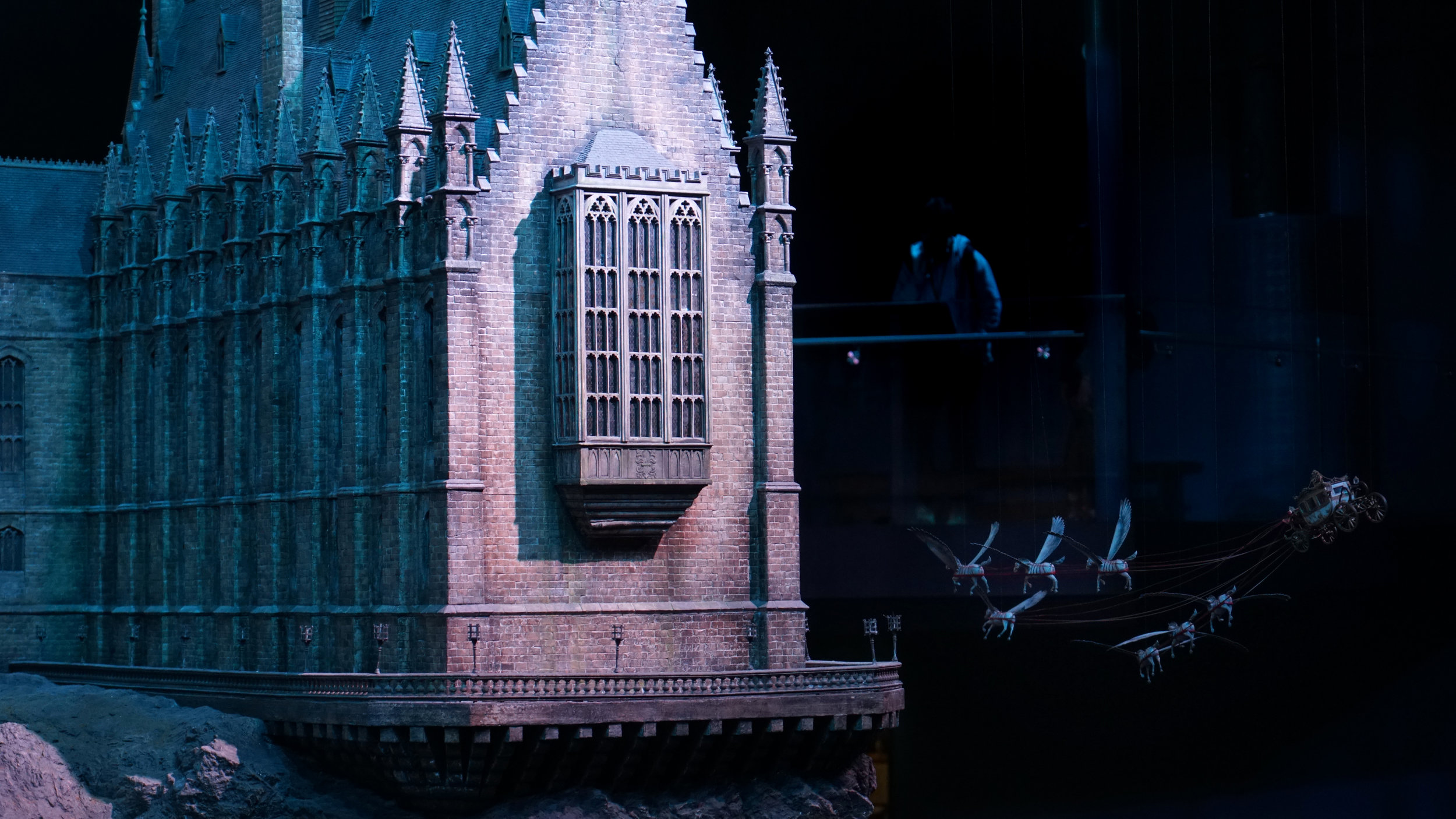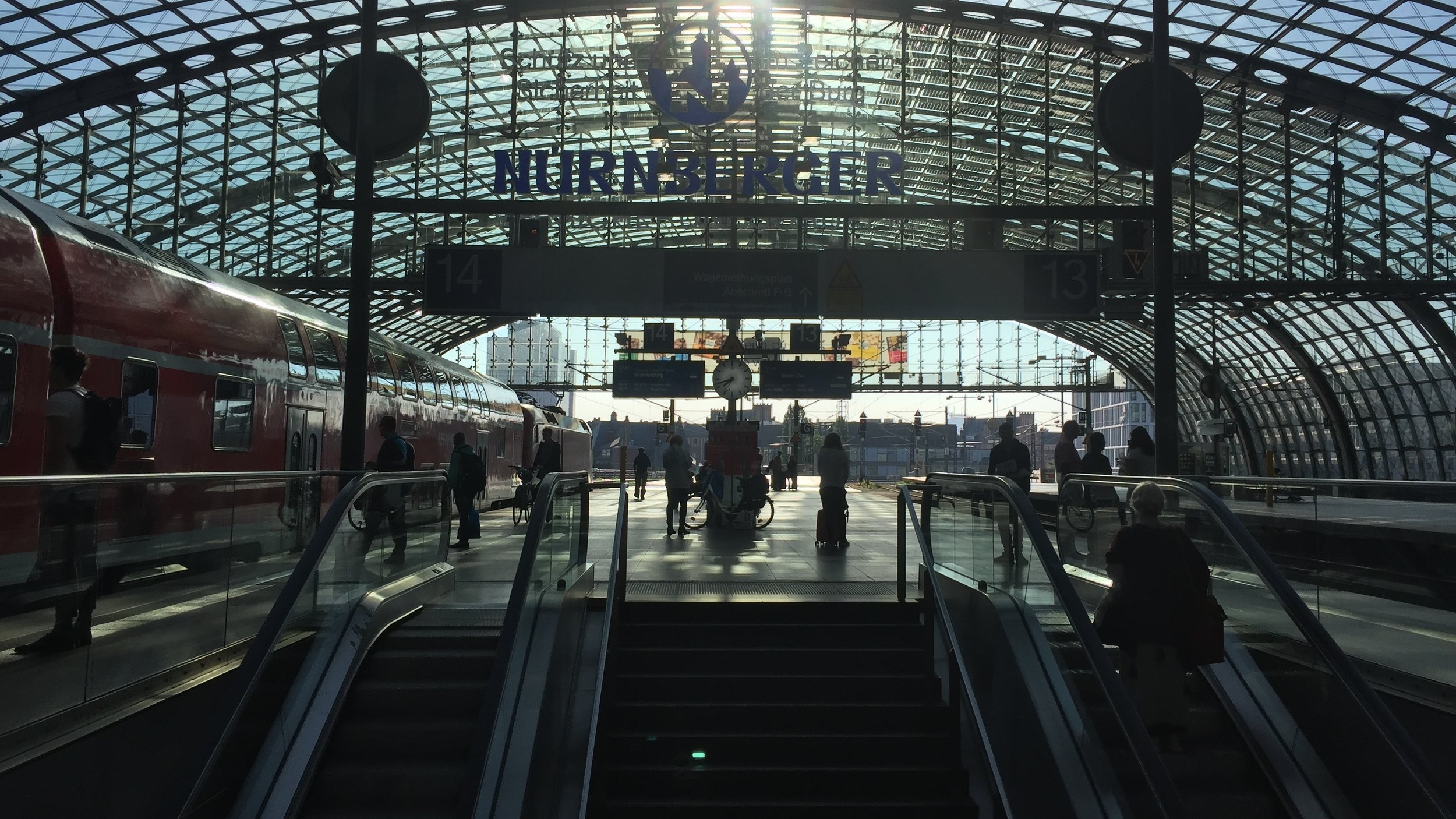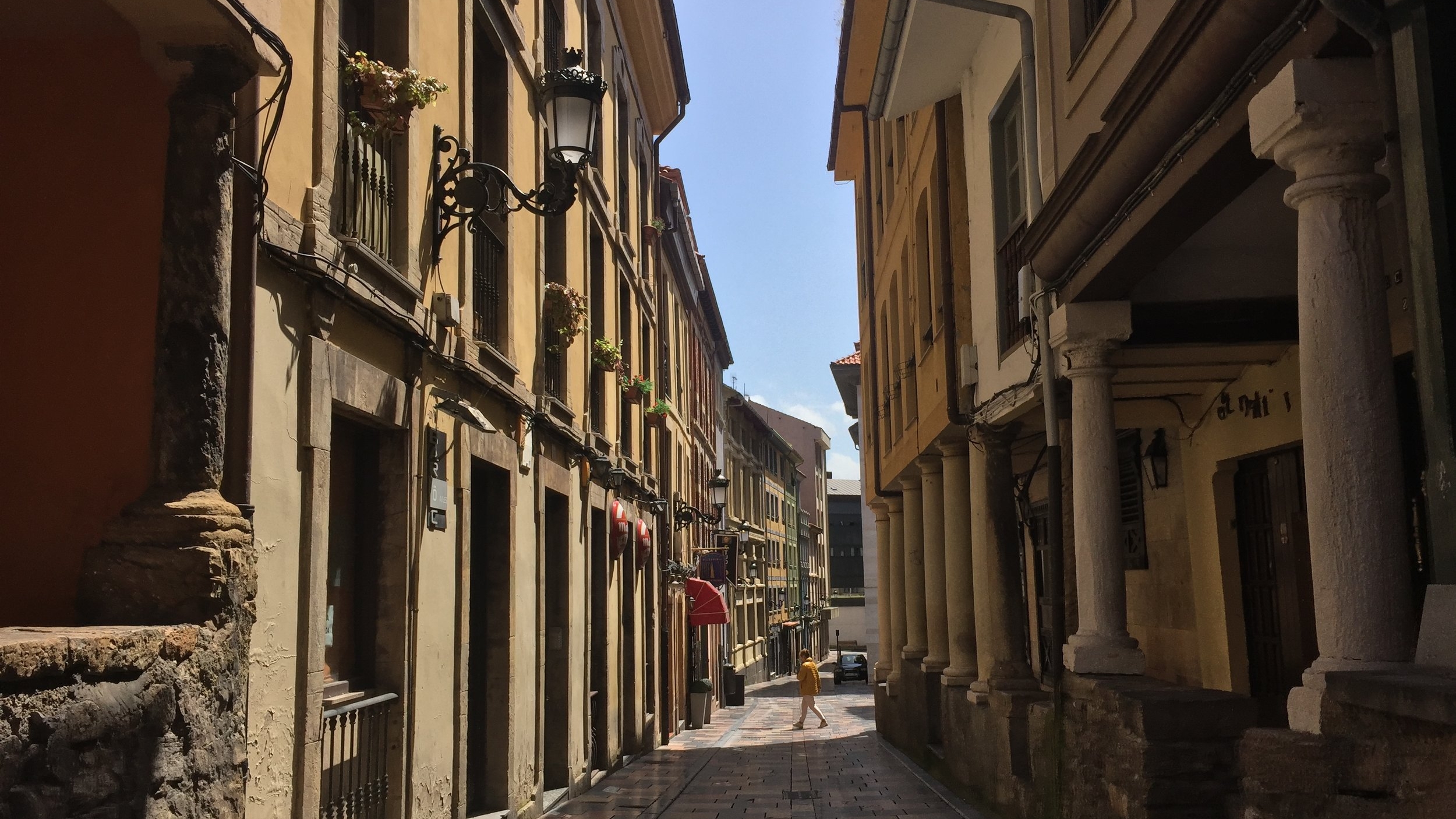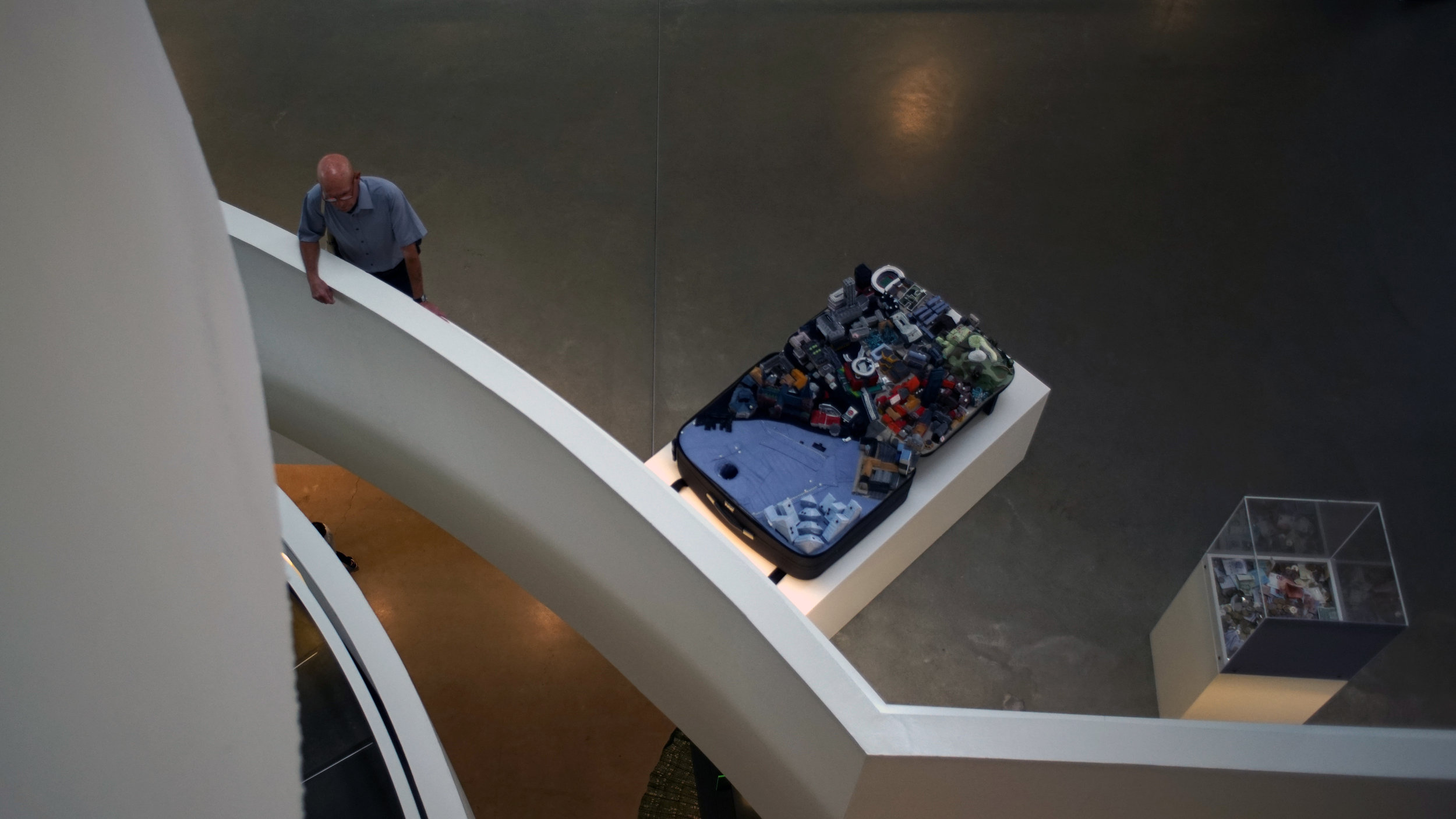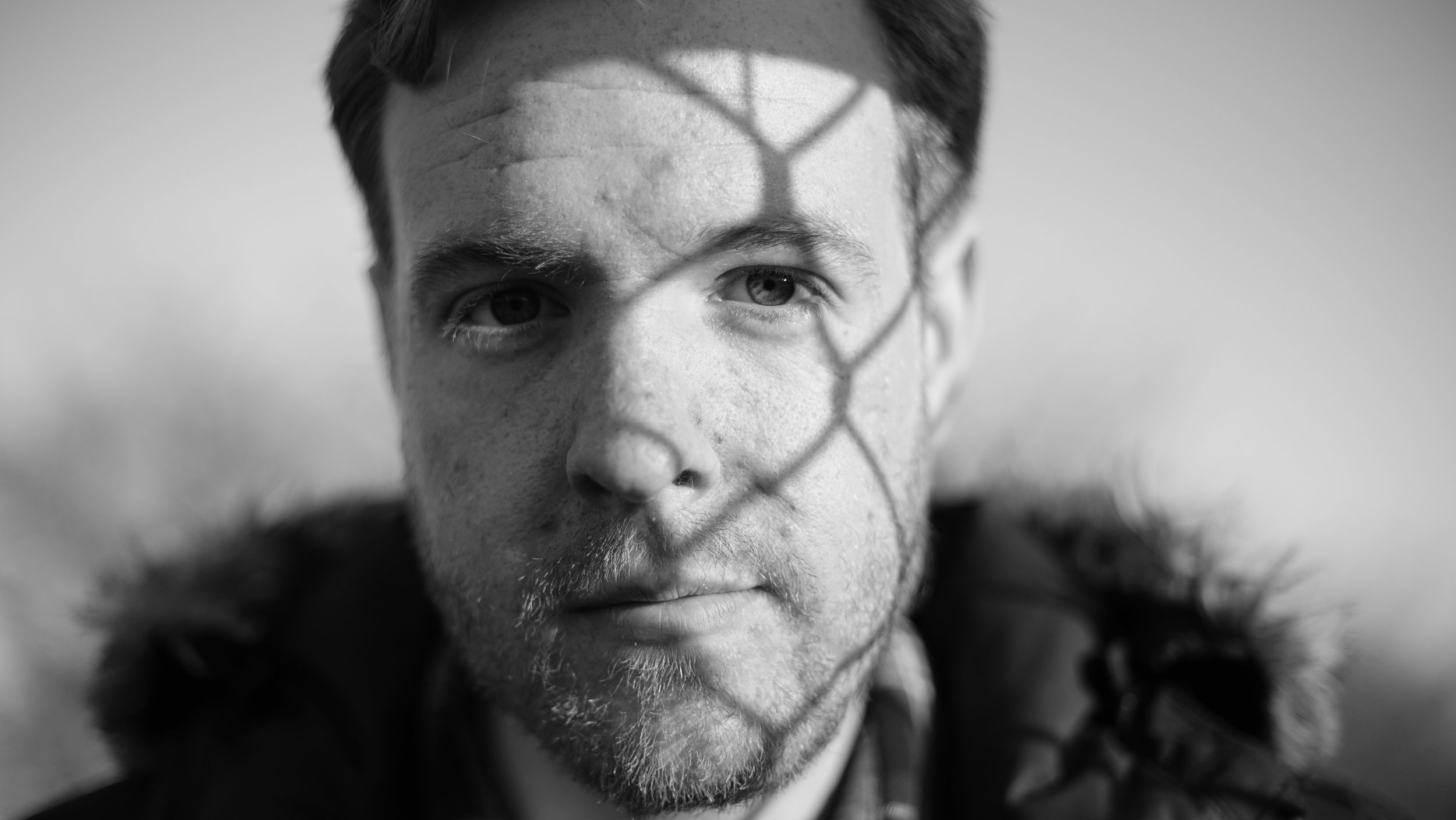- Barcelona, Cataluyna
- Barcelona, Cataluyna
- Oviedo, Spain
- Berlin, Germany
- Berlin, Germany
- Berlin, Germany
- Paris, France,
- Paris, France
- Glasgow, Scotland
- Glasgow, Scotland
As an American, I often found myself thinking of Europe as this monolithic entity. It's small compared to the other continents and the idea of being able to cross the borders of different countries in a matter of hours is endlessly astonishing coming from a place where you can drive all day and still be in the same country. When I was traveling last summer, some Danes teased this perspective. "Why do Americans always talk about Europe like it's one big country?" It's true, we make statements like "Europeans are so fashionable." "Europeans have better healthcare." "I'm interested in going to Europe because it's so old, there's so much history there."
The concept of "Europeans" feels much more united than thinking of "Americans" as including fellow North, Central, or South Americans. There's a stronger continental identity surrounding Europeans, which I think makes it easier for outsiders to blend them together, ignoring the national and cultural identities that make "European" feel like a too-vague blanket term.
Maybe it's because the United States is so large... State lines are often crossed without acknowledgement or effort and, for many, the idea of crossing borders only conjures images of the miles of desert, wilderness, rivers, and walls that divide the US and Mexico. Borders are contentious in the United States and while we only have two that sandwich our country, they are places of conflict, violence, and debate.
Compared to Europe, United States is geographically (and increasingly politically) isolated. There's Canada to the north, Mexico to the south, and the Atlantic and Pacific to the east and west. Whether over land or sea, it's a long journey to cross our borders. And for many Americans, crossing borders is not a regular occurrence. So, not surrounded by borders that can be crossed in hours by train or car or plane, it's easy to slip into viewing Europe as "EUROPE" - a singular place and not a patchwork of diverse people and places.
These thoughts were with me this summer, especially since I had the opportunity to visit several different countries on the European continent. I flew into London before making my way to Spain and was struck by the difference between the two places. Without seeing any people, the architecture alone suggested varying weather conditions, cultural attitudes towards aesthetics and design, and the history of the places themselves- reflecting the age when a city flourished or, in the case of some newer buildings, that war necessitated rebuilding.
I spent the summer looking up wherever I visited. From the colorful facades in Oviedo; laundry out to dry and flags supporting Catalan independence draped over balconies in Barcelona; newer apartment buildings in Berlin hinting at the destruction of World War II, while buildings both old and new were washed in graffiti; decorative metalwork formed balconies framing the windows of Parisian apartments, overlooking tree-lined boulevards and crowded streets; to the blackened warm-hued stone of Glasgow's Victorian buildings, reminding of an industrial past.
These images snapped by phone are informal chronicles of these unique places. They're certainly not the best photographs I took during my travels, but I love how looking at them together speaks to the distinct cultural and historical identity of each city. That by looking at these buildings, all of which vary in style or design, there is no mistaking Europe for anything but a continent of borders, a place made up of countries that vary drastically (sometimes even within a country), while simultaneously each serving to represent the larger idea of Europe itself.




